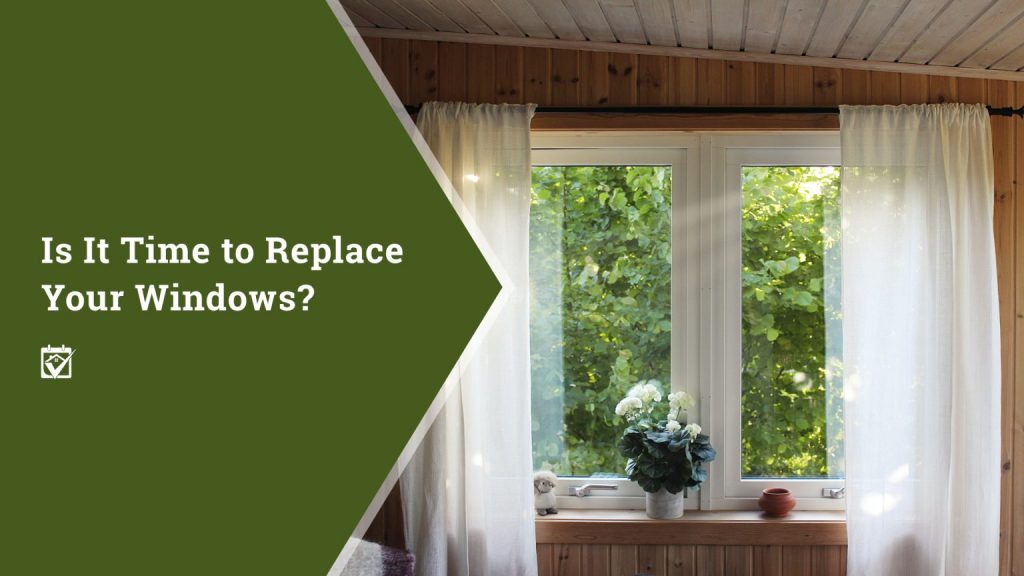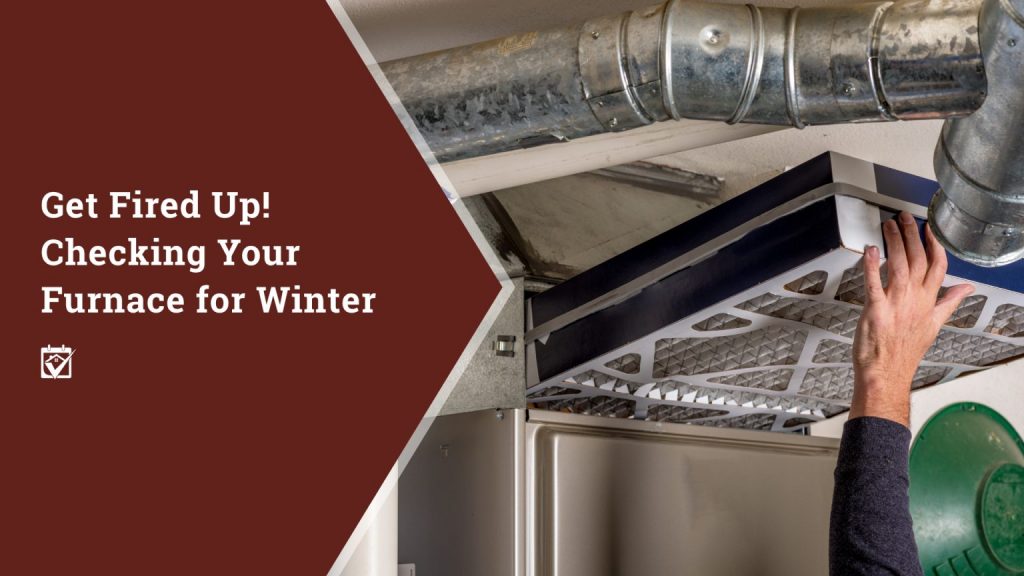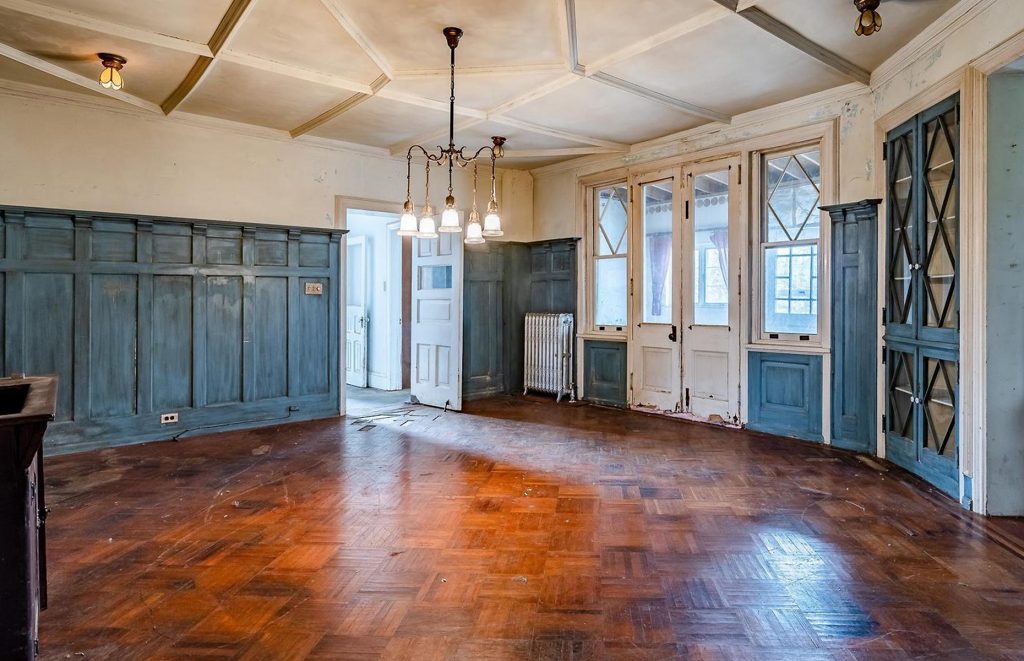Top Siding Options for 2021
January 21st, 2021 by tisner
Homes both old and new face a determined foe: the elements. One of the only defenses against moisture, wind, and heat is the siding your house is clad in. You can think of it a bit like house armor. So, when it comes time to choose your home’s main line of defense, what will it be? The cheapest option you can possibly come up with, or a well-considered siding that is both durable and attractive? It’s time to look at your siding options.
Siding Choices for 2021
Although you can side your house in an amazing array of materials, from metal barn siding to asphalt shingles, there are definitely options that are far more effective and attractive than others. Siding options haven’t changed a lot this year, but there’s plenty to be said for the materials that are widely available today. Common siding choices include:
- Vinyl. Although vinyl is final, it’s not always the most durable material out there. There are a range of grades of vinyl siding, and which you choose matters. Look for a heavier option, with a longer warranty, if you want to ensure your siding will be around a while. Higher end vinyl siding comes in a wide range of patterns, too, including imitation shakes and fish scales (rounded shingles), plus it can be oriented either vertically or horizontally, depending on your home’s style and your personal preference. On the other hand, while vinyl may be the most versatile material for the money currently on the market, if you live in an area where high winds are a problem, it may be difficult to keep vinyl siding attached.
- Fiber cement. Made from a combination of cement and wood fibers, fiber cement siding is durable and long-lasting. Unlike its predecessor, modern fiber cement no longer contains asbestos, but does still retain the same unrelenting strength. It’s a heavy duty siding, however, so expect to pay more for installation. You’ll also likely be needing to repaint it occasionally. Fiber cement costs more than vinyl siding in general, but has a useful lifespan of 50 years or more, so if you plan to stay in your home and are looking for an alternative to stone or brick, it might be the answer.
- Wood. Good old-fashioned wood siding has been a popular choice for generations, but modern homes have steered away from it for a variety of reasons. Because wood siding requires a lot of maintenance, many homeowners simply don’t have the time to reseal or repaint it often enough to maintain the original look, and over time this lack of care can lead to insect infestations. Wood siding is great for some applications, but it’s only as good as the care you give it. If you’re prepared to go the long haul on your home, or just want a small accent, wood might be a great option. The cost will vary considerably depending on the thickness, style, and species of wood you choose.
- Composite. Composite, also known as engineered wood, is a compromise for homeowners who want a wood look, but don’t want all the upkeep of real wood. It’s still going to need more care than other types of siding, but you can still expect to get 20 or 30 years of use from it. Unlike real wood, which can be sanded and refinished if you get lax in maintenance or simply want to give it a different finish, composite siding is kind of a set-it-and-forget-it option. It will be the color or stain you chose initially unless you remove it all and start again.
- Brick or Stone. Brick and stone go hand in hand when it comes to siding choices. Both are sturdy materials that require an expert mason to install properly, so if you’re considering a DIY siding job, these may not be the right option. Considerable skill goes into properly creating a stone or brick siding, and without the proper prep work, your siding can simply slip off your house. It’s not a pretty picture. On the flip side, stone and brick are pretty much forever, requiring only minimal tuckpointing for maintenance. So, as long as you don’t decide to paint brick or stone, you’ve got siding you can trust for a lifetime.
Siding Your Home in 2021
Choosing the siding that’s best for your home’s needs, your favorite aesthetic, and your budget can be challenging, but a professional siding installer can help you navigate the many options. Just look in HomeKeepr for a recommendation for siding installers and brick masons in your area, they’ll be happy to answer your questions and narrow your options.
Access Teri’s one-stop Orlando FL home search website.
Teri Isner is the team leader of Orlando Avenue Top Team and has been a Realtor for over 24 years. Teri has distinguished herself as a leader in the Orlando FL real estate market. Teri assists buyers looking for Orlando FL real estate for sale and aggressively markets Orlando FL homes for sale.
You deserve professional real estate service! You obtain the best results with Teri Isner plus you benefit from her marketing skills, experience and ability to network with other REALTORS®. Your job gets done pleasantly and efficiently. You are able to make important decisions easily with fast, accurate information from Teri. The Orlando Avenue Top Team handles the details and follow-up that are important to the success of your transaction.
Get Orlando Daily News delivered to your inbox! Subscribe here!
By: Homekeepr, David Weinstein















 One of the biggest complaints from homeowners is that they don’t have enough storage space. While add- ing extra physical rooms may not be an option for most, there are ways to creatively utilize your space.
One of the biggest complaints from homeowners is that they don’t have enough storage space. While add- ing extra physical rooms may not be an option for most, there are ways to creatively utilize your space.
 Integrating smart home technology into your existing property is a smart move. Upgrading certain features of your home can result in increased efficiencies and cost savings down the line.
Integrating smart home technology into your existing property is a smart move. Upgrading certain features of your home can result in increased efficiencies and cost savings down the line.


